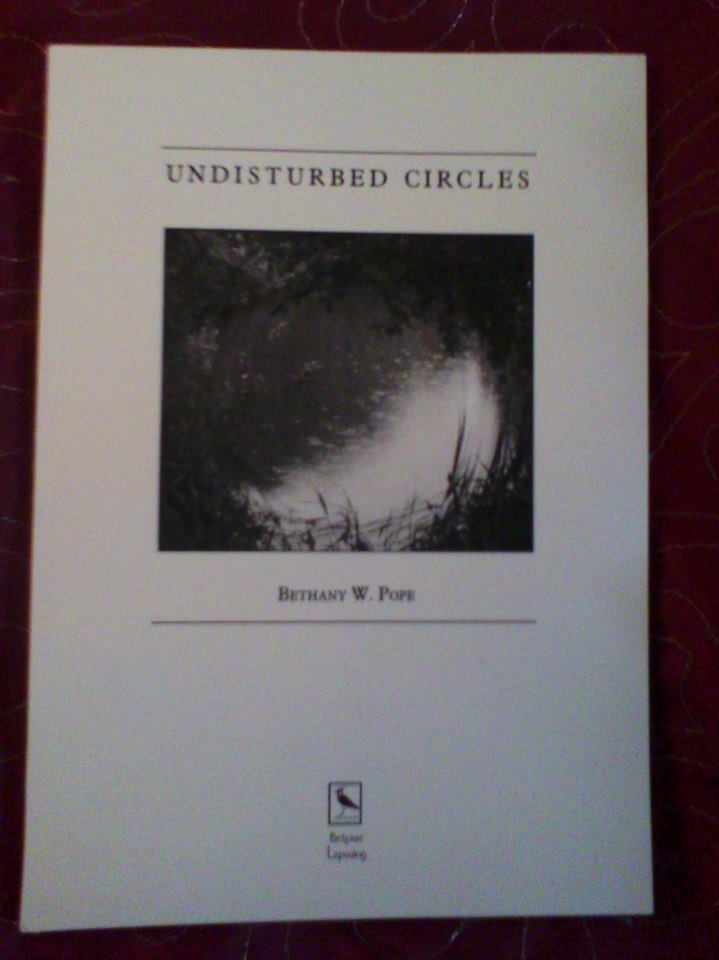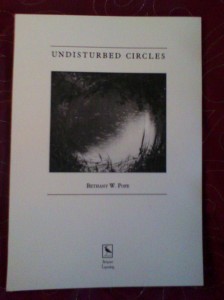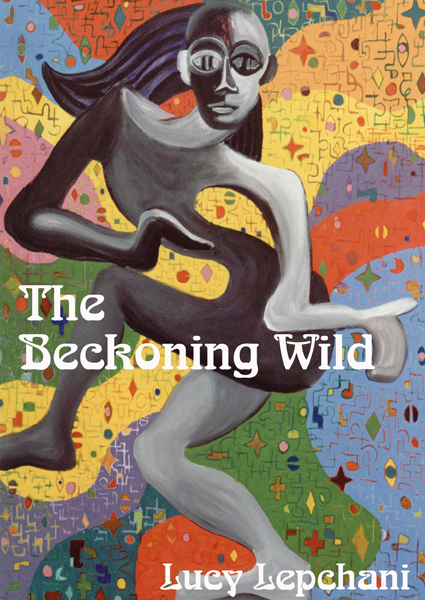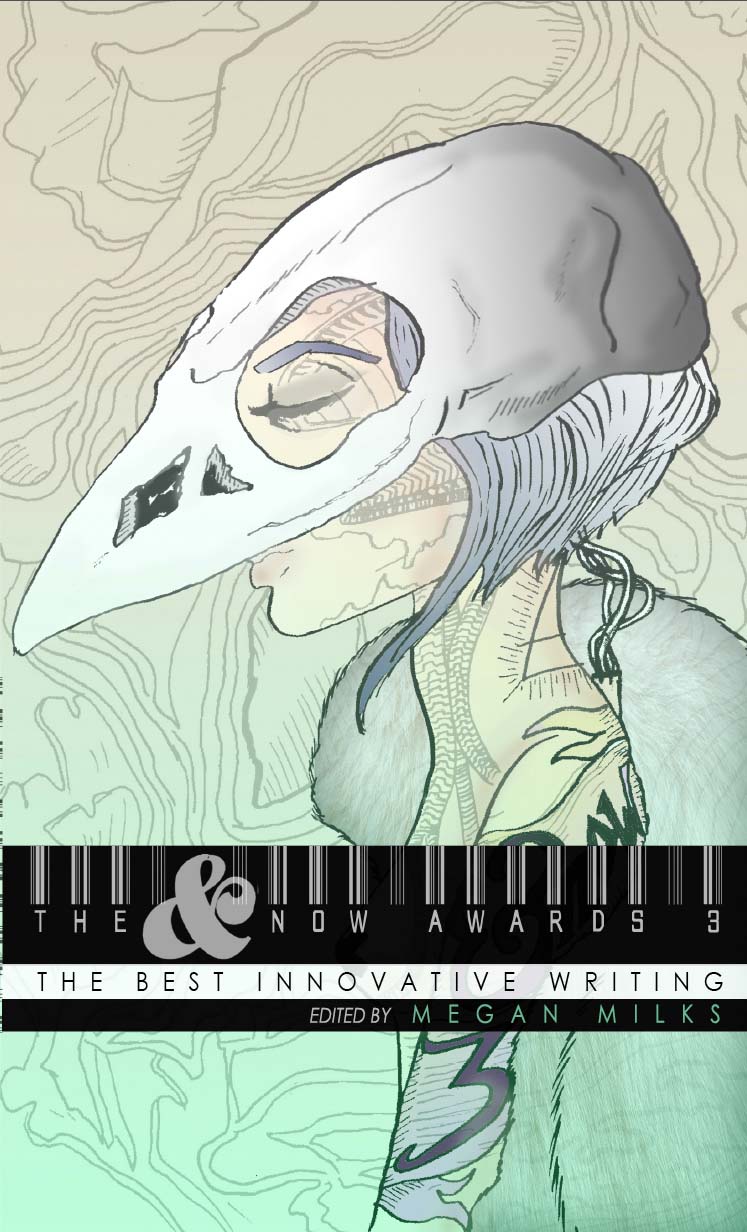Undisturbed Circles by Bethany W. Pope
-Reviewed by Steve Nash–
Many moons ago, in the days of togas and popular bucolic mime, an Alexandrian poet named Sotades decided to embed his virulent invective and obscene verse within playful and intricate palindromic patterns, and, ever since, writers have echoed his call. Few though show as much audacity in their commitment to the concept as Bethany W. Pope.
To put it as simply as possible, Undisturbed Circles is made up of a series of double acrostic sonnet crowns, although that’s unfairly reductive as there is more variety here than such a description suggests. One of the most impressive things about this, Pope’s third full collection, is how liberated the writing is in the face of what appears to be such an aggressively restrictive approach to form. Here is a body of work that finds freedom through constraint, the restrictive nature of the structure leading to an opening of new creative possibilities.
The cycles here seem initially to be inspired by extremely diverse subject matter. Pope takes the reader through an exploration of worlds living and dead, of Jungian allegory, Gothic drama, and through the labyrinthine tunnels of her own neurons. However, it’s surely no accident that each cycle shares a thematic basis that evinces a passionate antagonism with the idea of borders and boundaries – be it the labyrinth, the tight revolutions of a helix, or even the vixen who dares to traverse the threshold between life and death. Each poem is held tightly within its formal boundaries, palindromes weaving frames around each page and running back and forth throughout cycles, but the delight comes from the wilful exploding of these limits through the creative impulse.
The first sequence, ‘Fox Cycle’, is a continuous double acrostic that illustrates the existence of a vixen as she artfully skips between mortal and wraithlike realms. The tactile language juxtaposed with the dreamlike enchantment creates the darkest of fairy tales:
Even the youngest of us taste our deaths:
little foxes taste it first. They are so
attached to attacking. The mouse knows no
terror like the white flash of a fox grin.
It can become dizzying to read though, as you begin to sink into the rich ethereal language of one of Pope’s meticulous sonnets, and your eye starts to connect the patterns surrounding the piece, and suddenly you are taken down a side track that may take you many miles before you make it back. It may be daunting for some but it promises rich returns for anyone brave enough to delve back in for repeated journeys. After all, as Pope herself says: ‘Boldly, the child wandered through the bone-yard’.
Anyone with an aversion to the fourteen line poem need not give Undisturbed Circles too wide a berth either. From short bursts of prose to smaller, carefully structured chunks of poetry accompanying much of the work, Pope’s bewilderingly productive inventiveness ensures that a single form can never be enough. ‘The Eleventh Turn’ in particular delivering a manifesto of sorts for anyone prone to penning a poem:
The Raven made her
into a poet.
He sealed her inside
an egg. It was bad
in there, cramped. Worth it.
The truth is that this review is long overdue, but this child’s visits to the avenues of Bethany W. Pope’s intricate boneyard are nowhere near complete. With each fresh opening of the book, there emerges a new pattern, a new trail to follow into the labyrinth. Undisturbed Circles is an impressive achievement, and it is remarkable that an almost OCD fixation upon the conceptual possibilities of strictly regulated form should produce a work that feels utterly unbound in its creative scope.






